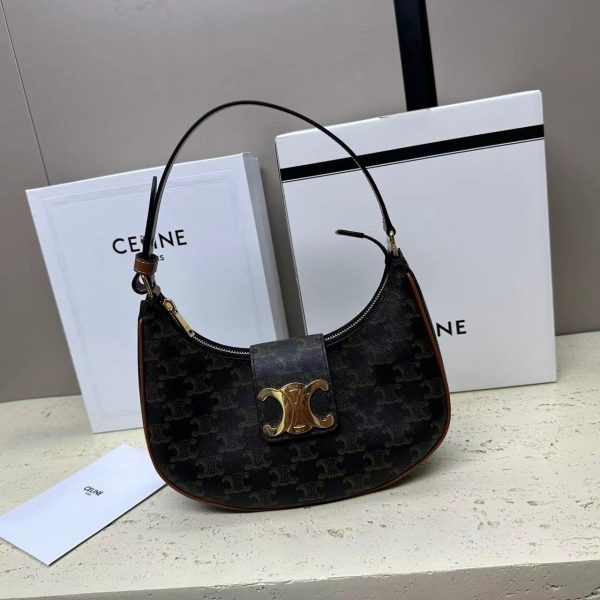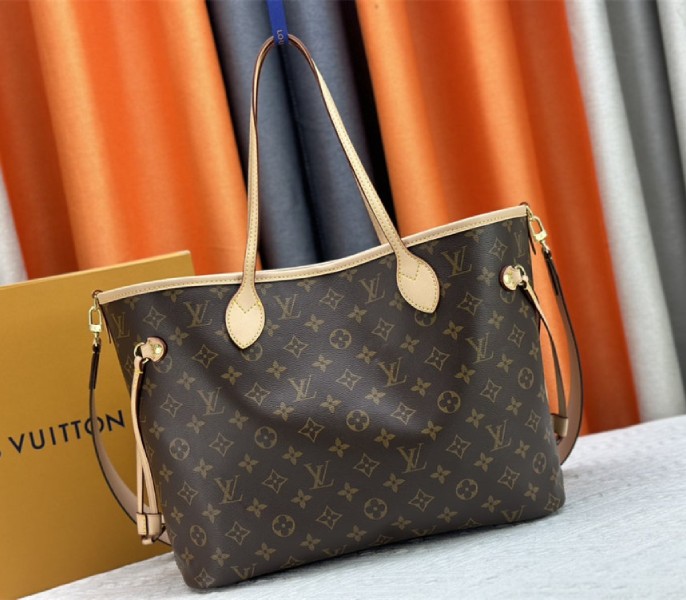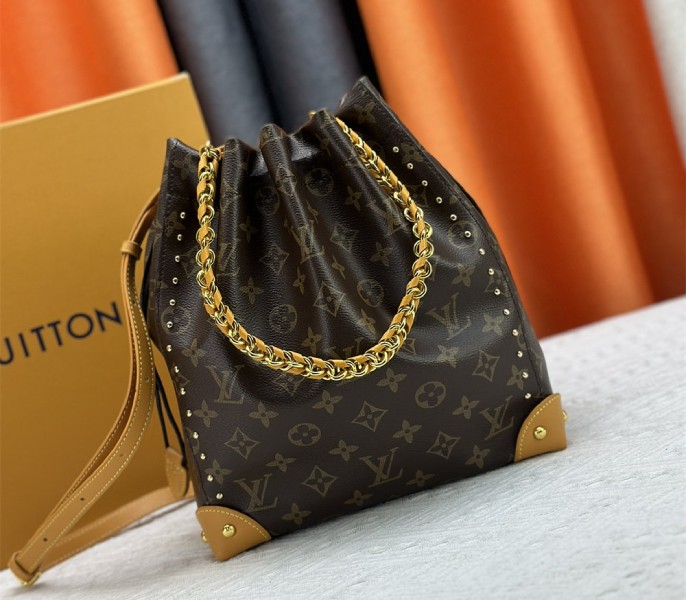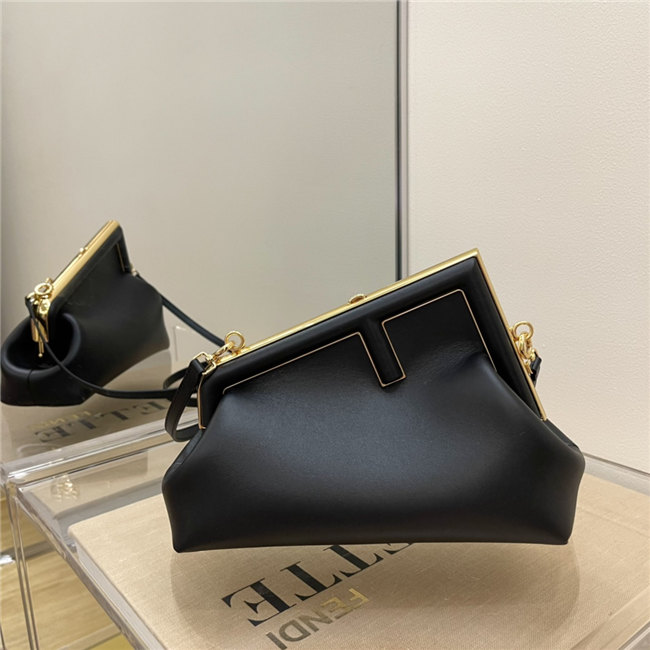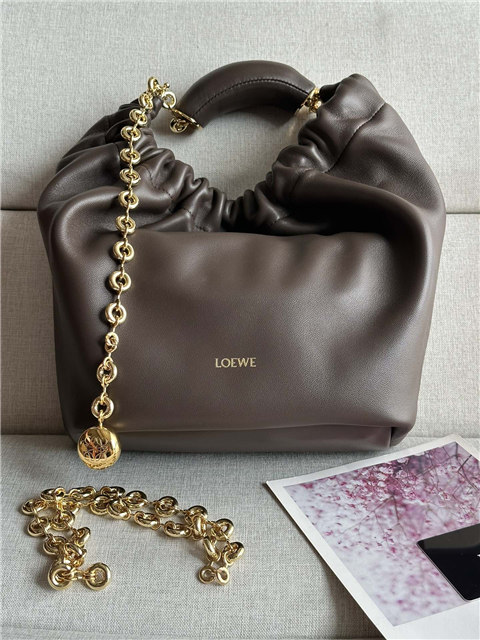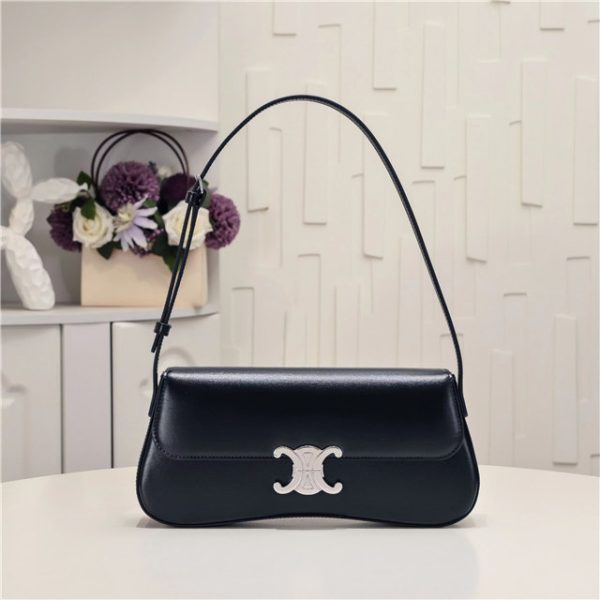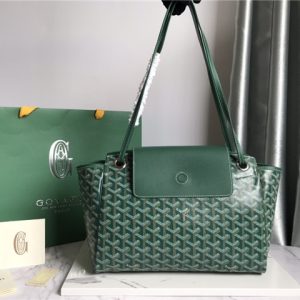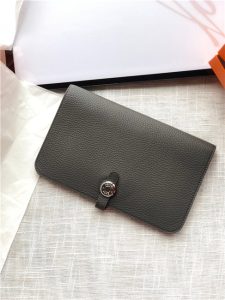First off, let’s be real. You’re not getting a Patek Philippe for 500 bucks. Not a real one, anyway. So, the draw of a replica is obvious: you get the look, the *vibe*, without emptying your bank account. But is that vibe worth it? That’s where things get complicated.
You see all those ads shouting “BEST REPLICA WATCHES!” online? Yeah, take ’em with a grain of salt. A *massive* grain. Some of these sites look super legit, promising Swiss movements and all sorts of fancy-pants details. But often, you’re getting a watch made with, uh, *less-than-stellar* materials. Think flimsy metal, a movement that’ll die before your next birthday, and a general feeling of… well, disappointment. Been there, almost done that. Almost.
But, BUT! Hold your horses! There are different levels to this game. You’ve got the “street vendor special,” which is basically a glorified toy. Then you’ve got the “high-end replica,” which *supposedly* uses better materials and has a closer resemblance to the real thing. These can cost a pretty penny – maybe a few hundred bucks – and that’s where you gotta ask yourself: are you really saving money? At that point, you might be better off saving up for a *genuine* (albeit, more affordable) watch. There are some great microbrands out there doing cool stuff, even homages that are kinda like replicas but not quite. Brodo seems to be on that case.
And let’s talk about the moral side of this thing. Buying replicas kinda supports, you know, shady practices. It’s like, you’re essentially funding counterfeiting, which isn’t exactly winning you any good karma points. Some people don’t care, others are really bothered by it. Your call, really. I personally think that it’s better to buy a homage or something else completely.
Accuracy? That’s another rabbit hole. Apparently, some of these replica factories are getting pretty darn good at mimicking the real deal. Like, scary good. The question is, how long does that “accuracy” last? Will it still be ticking accurately in six months? A year? Probably not.



